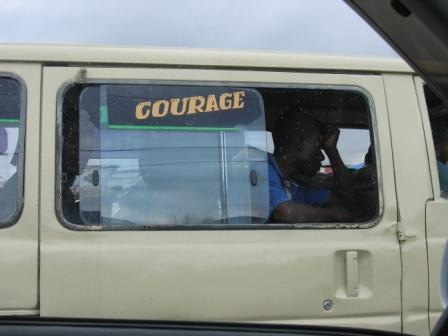Severe, persistent mental illness (SPMI) is something that is always difficult to deal with. The people afflicted with this and the case workers and other support staff that help them get along in our world have difficult roles, but they do the best that they can. Recently, a gentleman diagnosed with SPMI moved out of a group home and into his own apartment. On the first day he moved in, his case worker called to ask how things were going. "Fine," he replied, "but there’s a troll in my apartment."
The case worker wasn’t sure how to respond. "Ok," she said, certain that whatever was in the man’s apartment, it wasn’t a troll. Trolls do not exist.
The next day, the case worker called again. "How are things in your new apartment?" she asked.
"Fine," he replied, "but I told you, there’s a troll in my apartment."
Again, this struck the case worker as odd, but she wrote it off to a mental delusion, and made a note to stop by. Later that afternoon, she stopped by to visit and found all of the man’s furniture piled up in front of a closet near the door. She gestured to the pile and asked why it was there. "I told you, there’s a troll in my apartment."
She began moving the furniture away from the door. When the stack was cleared, she opened the door to find a 3’10" Jehovah’s Witness inside, terrified and shaken. The man was thrilled to be freed, and, understanding the nature of the other man’s mental illness, agreed not to press charges. I’m certain that both men were frightened of each other, and neither man understood the other’s motives.
In this month’s issue of InTheFray, we start with a short story by B. Tyler Burton titled The Stream. Next, Stella Chung takes on a journey through China’s Hainan province in The two Sanyas. In An uncle breaks the silence, Michelle Chen tells of how her parents and her uncle live with the latter’s diagnosis of schizophrenia. We finish this month’s issue with Amy O’Loughlin’s review of Eduardo Galeano’s book Mirrors.
Mental illness is a class of diseases that can be very difficult to understand. As we don’t have any window into another person’s mind apart from their behavior, it can be tough to tell the difference between unpleasant actions caused by an unpleasant person, and unpleasant actions rooted in a chemical imbalance in the brain. Worse, some forms of mental illness arise in the wake of emotional trauma, and can be difficult to treat with traditional drug therapies. There are no easy answers in the mental health community, and we should all give thanks for the facilities that we have, for there are always others who are less fortunate.
Aaron Richner I am a writer/editor turned web developer. I've served as both Editor-in-chief and Technical Developer of In The Fray Magazine over the past 5 years. I am gainfully employed, writing, editing and developing on the web for a small private college in Duluth, MN. I enjoy both silence and heavy metal, John Milton and Stephen King, sunrise and sunset. Like all of us, I contain multitudes.
Dear Reader,
In The Fray is a nonprofit staffed by volunteers. If you liked this piece, could you
please donate $10? If you want to help, you can also:

